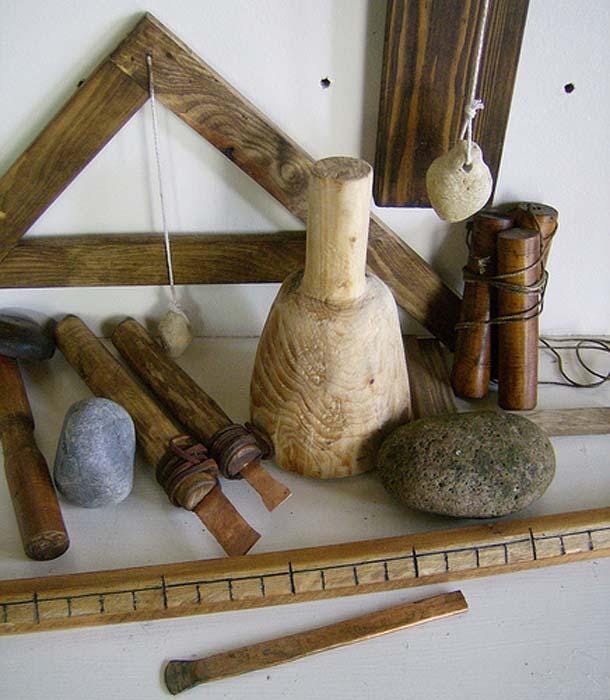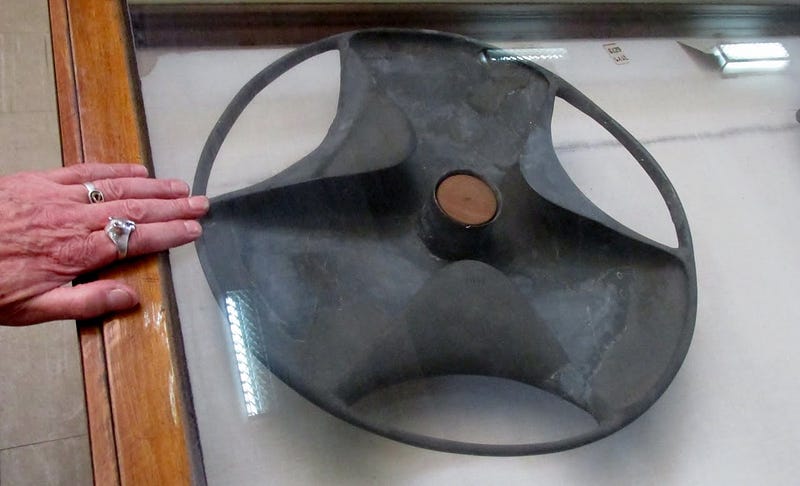# The Ancient Egyptian Mastery of Granite: Techniques and Tools
Written on
Chapter 1: The Ingenious Stonework of Ancient Egypt
Ancient Egypt is renowned for its impressive technological and artistic achievements, including the construction of monumental pyramids and temples, the development of writing systems like hieroglyphs, and advancements in various fields such as medicine and astronomy. Among their most notable skills was stonework, particularly the intricate process of quarrying and chiseling hard granite—a task significantly more challenging than working with softer materials like limestone or sandstone.

Section 1.1: Tools of the Trade
The prevailing archaeological theory posits that the ancient Egyptians employed tools made from copper, bronze, and wood to effectively carve granite. While some skeptics argue for the existence of more advanced tools, current evidence largely supports the notion that the standard tools used by stone masons were adequate for the task.
Modern Western archaeologists from the 19th century, often lacking hands-on experience, encountered structures they believed could not be created with simple hammers and chisels. This led to the assumption that ancient Egyptians must have had access to sophisticated machinery, such as cranes and other industrial devices, which were believed to be beyond their time.
Section 1.2: Techniques for Quarrying Granite
To gain a clearer understanding of ancient Egyptian stone masonry, researchers turned their attention to the techniques employed by these craftsmen. They discovered that stone masons had utilized basic tools such as hammers, copper chisels, and wooden wedges for centuries.
The consensus among archaeologists today is that the Egyptians utilized a technique involving the insertion of a stick into a crack in the granite. By applying water, the stick would expand, widening the fissure. Repeating this process gradually broke the rock into manageable blocks. This natural phenomenon, known as frost wedging, occurs when water in rock cracks freezes and expands, ultimately causing the stone to split. Ancient stone masons, much like their modern counterparts, capitalized on existing weaknesses within the rock to facilitate carving.

Chapter 2: Debating Technological Complexity
Despite these insights, some skeptics remain unconvinced. They argue that the tools and methods available to ancient Egyptian stone masons were insufficient for such complex tasks, suggesting instead that advanced technologies must have been employed. These views imply a level of technological sophistication among ancient civilizations that surpasses current understanding.
However, the evidence supporting these claims is tenuous at best. While it's conceivable that early civilizations could have developed advanced technologies, there is little reliable proof to back such assertions. The idea that the Egyptians used tools resembling lasers or advanced electrical devices to cut granite lacks concrete support. Notably, while some propose that the Temple of Hathor in Dendera contains depictions of light bulbs, many experts interpret these as representations of mythological symbols rather than evidence of electrical technology.
In the first video titled "Old School Tools vs New School Kitchen Gadgets," we delve into the fascinating comparisons between traditional and contemporary tools, shedding light on the ingenuity of ancient methods.
The second video, "Antikythera Fragment #3 - Ancient Tool Technology - Hand Cut Precision Files," explores the precision and craftsmanship behind ancient tools, further emphasizing the capabilities of early civilizations.
In conclusion, despite the allure of attributing advanced technology to ancient Egyptians, the lack of definitive archaeological evidence suggests that they relied on clever techniques and a deep understanding of materials to achieve their monumental feats. The legacy of ancient cultures like the Egyptians serves as a reminder that human ingenuity often surpasses the technology available at the time, prompting us to rethink how we view their accomplishments.